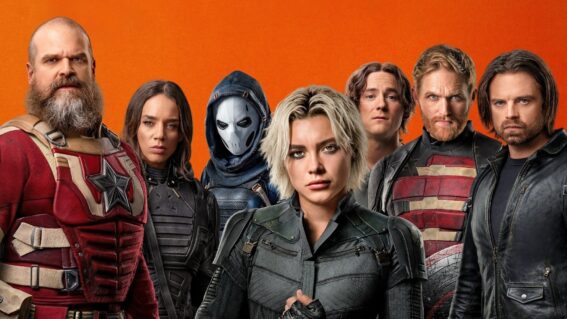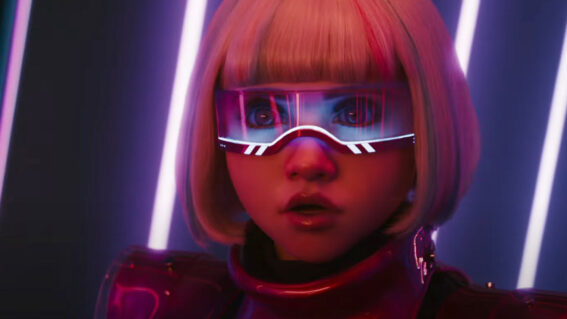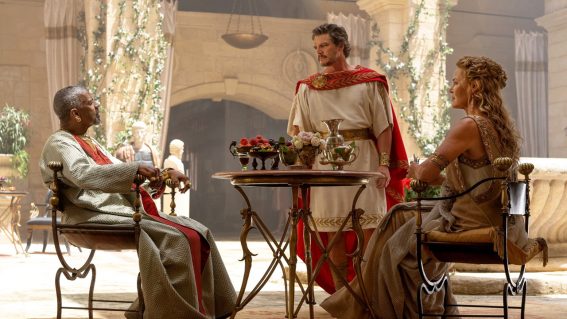Full interview: ‘Mad Max’ director George Miller
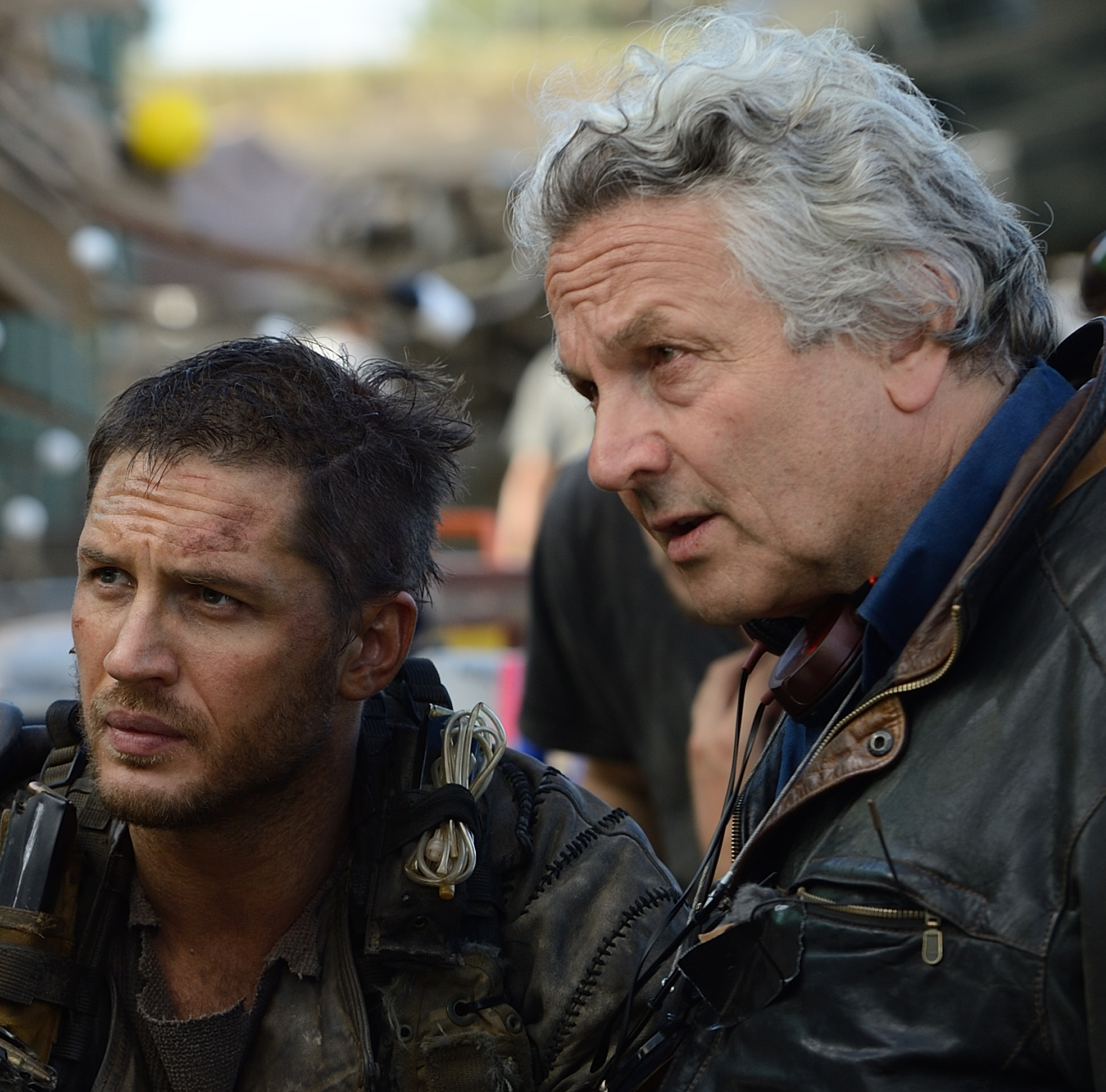
If you’ve arrived here, you must be as excited about Mad Max: Fury Road as we are… Yep, we gave it a five-star review (OK, so did plenty of others). Yep, we’re going back to see it again pronto. And yep, we want to hear more from director George Miller. Here’s the full transcript of his interview with Giles Hardie.
FLICKS: You’re a popular man all of a sudden!
GEORGE MILLER: Yes, once they showed the film there there seems to be a lot of interest.
You famously push deadlines. When did you finish the film?
The film was cut a along time ago meaning the shots were locked off. Then of course you had to do all the sound and so on. Margaret Sixel cut the movie and finished relatively soon but there was still a lot of sound and music. Then it had stereo conversion, the 3D conversion, which was the last thing. I finished that, which was my last input on the film 12 days ago. Once we had the release date we backed into that date. There are two ways you can go. You can do a massive crunch with the part on stereo conversion – which is last thing. It is very labor intensive and you have to rotoscope all the elements of a frame but you can either put a lot of people on it or relatively few and keep your budget costs down and that’s what we did. Also it was the last thing I could pay attention to. And a lot of directors don’t do it but I’m very interested in 3D and given that it’s a very kinetic movie if you don’t get it smooth it can hurt peoples eyes and make them feel nauseous.
The film is completely insane, filled with crazy ideas like human blood bags and container trucks full of breast milk. Was there one original germ of an idea or a question that spawned this film?
From the get go when I first started making movies I was always interested in the action movie. That’s where film language was forged in the silent era with Harold Lloyd and Buster Keaton and Max Linder and everyone. That’s really where the language which differentiates cinema from theatre evolved. That was one of the things that drove the first Mad Max movies. This one I wanted to be an extended chase. The second thing was the MacGuffin, what people were to be chasing everyone over, was to be human: The five wives. They were the two things that triggered it. Also it’s a fantastic world to work in because its like going forward to the past even though it’s a post-apocalyptic future, 45-50 years in the future, you go back to a dispensation that’s medieval. It becomes allegorical a little bit like the American western. That’s why people call it a western on wheels. Once you get there you’re riffing off the zeitgeist all the time.
For instance we needed Max to be trapped and not killed. The idea was he has to be harvested. Everybody in the story, one way or another, is owned by the Immortan Joe. Literally. He has his logo seared onto the back of the necks. For max to be a blood bag, a universal donor, was the way to go. The idea for that came from the Bosnian war when they literally had no refrigeration and would take prisoners of war, match their blood types, and use them as living blood bags.
Mothers milk? There’s this whole movement of the most nourishing liquid on Earth being human mothers milk rather than cow milk because it carries so many antibodies and all the essential fatty acids and all the nourishment for a growing brain. So its probably one of the most valuable liquids on the planet. And so on and son on. The guitarist played by Iota. The Doof Warrior. He was just a natural extension of the music of war before modern communications, the way armies communicated was through buglers or drummers or bagpipe players and he’s the wasteland equivalent of that.
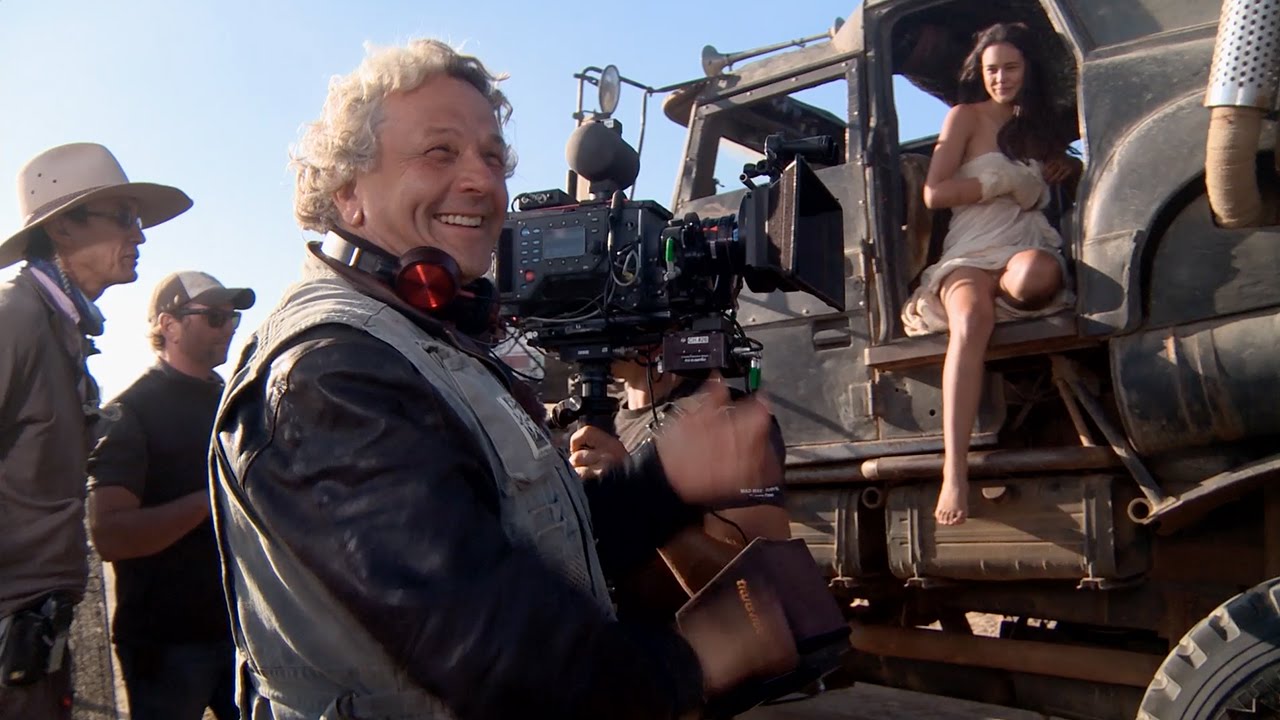
With so many wild ideas floating around, surely you need a sounding board. Who says ‘no’ to George Miller?
Well I make sure I choose. Brendan McCarthy with whom I wrote the first version is a wonderful wonderful artist [former artist/writer at 2000AD] and we sat down to write it and he’s an extremely honest man. Some people are reflexively negative, some are reflexively positive. That’s not useful. You want someone whose opinion can differentiate what is genuinely good and what is genuinely not.
The other person like that and more important is Margaret Sixel who edited the film. It was a Herculean task. She also happens to be my life partner. She’s somebody who’s never afraid to say no. She’s never afraid to say no to me and she’s got a very huge ability to solve problems, as well as making these cuts much more elegant than guys who were really into action movies. If they cut it, it woud look like every other action movie. Here there has to be a causal relationship one shot to the next, like one note to the next. There’s a lot of underlying syntax in music as it is in action movies in cinema, which is visual music. If that makes sense?
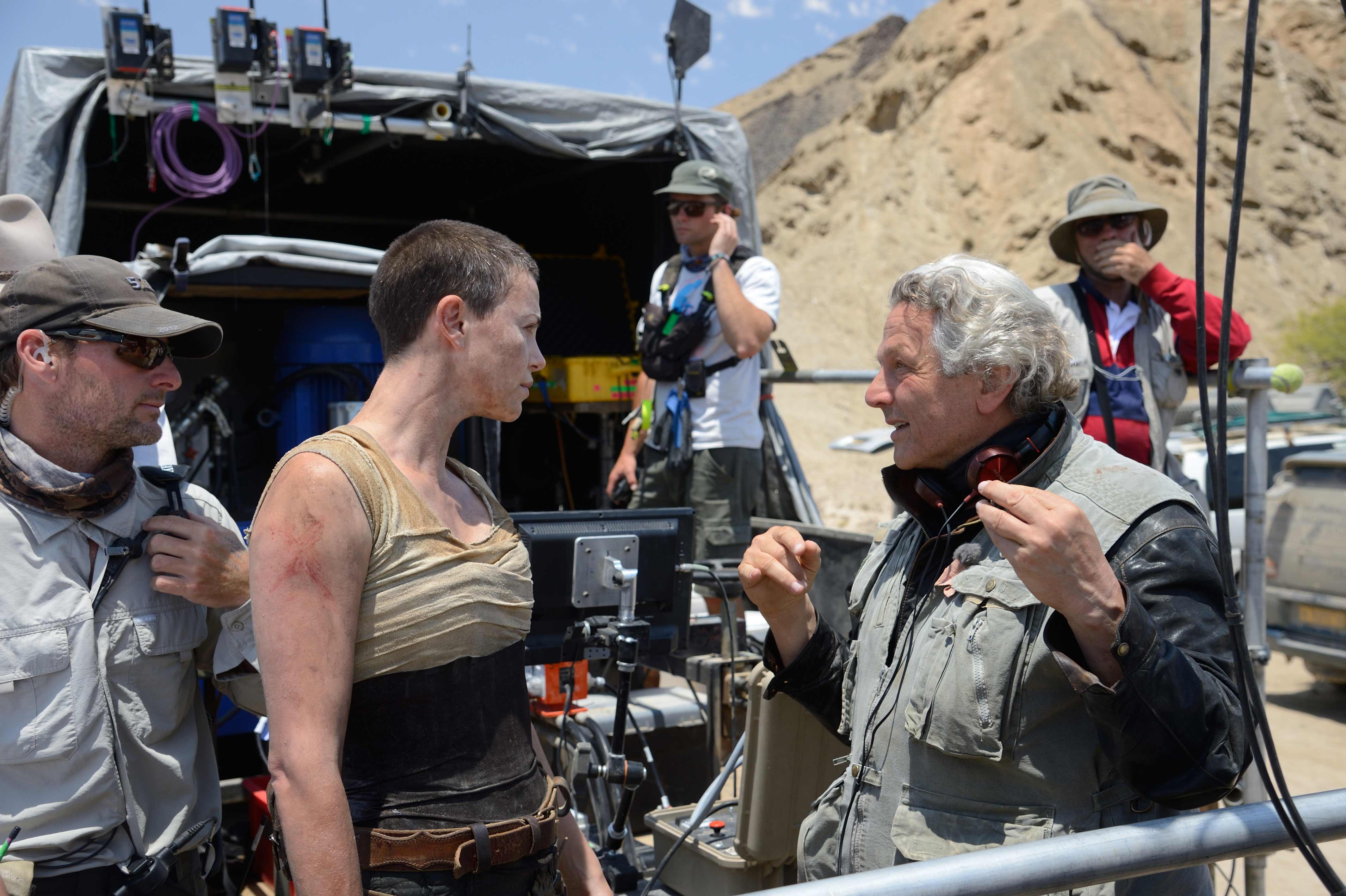
Josh Helman (Slit) talked about you directing him in his St George and the Dragon moment.
The moment we storyboarded that moment, that is what it felt like. It was probably my short hand. You’re looking for all those allegorical references in your story. That’s the attraction. You’re able to pick up so many of these things and it becomes more interesting. A lot of its unconscious sometimes and when you work in this realm its really, really interesting. If you like there’s a metaphorical or poetic dimension. There were moments that many people picked up of planting the flag at Iwo Jima when the war pups at the very end push the brake lever. The crew saw it. I was surprised how many of them came up looking at the monitor saying it looks like the Iwo Jima flag moment.
You’re always getting those references as you’re making a movie. Movie references. Cultural references and so on. Particularly making a movie like this which is allegorical. The thing it most evokes in me the most is the American western. There were moments when we were shooting in particular with Riley Keough who is the redheaded Capable. When I cast her I had no idea she was Elvis’ granddaughter but l kept looking through the camera it evoked in me those old Technicolor westerns. And that night sequence was shot in the way they shot them because horses don’t have headlights and neither does the war rig. They couldn’t put on their headlights otherwise give away their position. So all of those references are coming at you all the time and I hope that’s what audiences pick up on the way through.
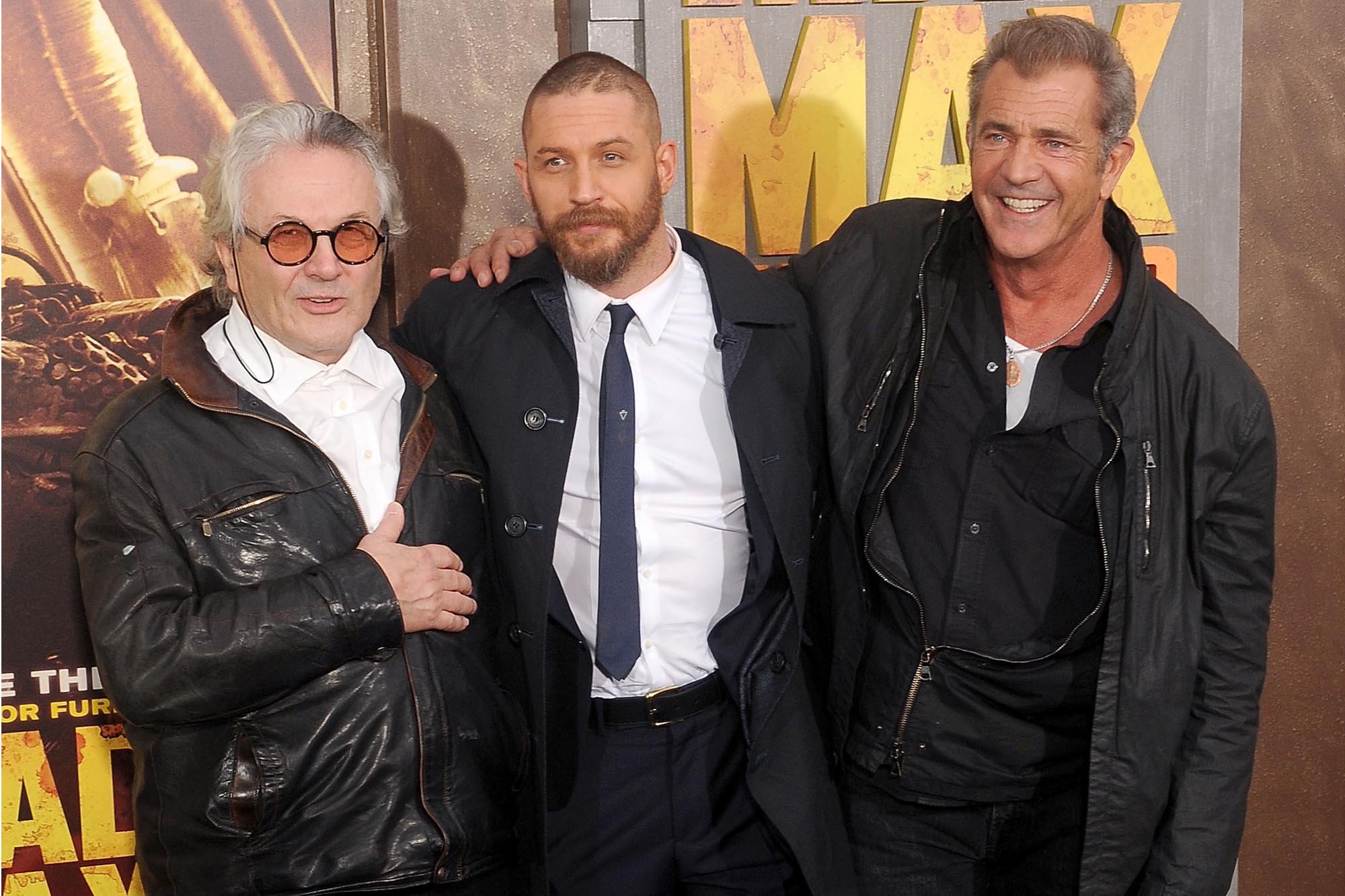
He said you seemed to have the film in your head. Are you then just chasing that mental image or building on it?
You start off with the idea and then you have so much of it in your head. Tom Hardy was funny when he said the other day – it’s probably reasonably close to the truth – “we weren’t in a movie, we were in George’s head.” I think to some degree that’s true. It’s a visual medium. That’s how I roll as they say. It’s been always the case ever since I was a little kid and I’m still doing it all those years later.
The human cargo evolve from damsels in distress to strong female characters. No one in this film is just a device.
Every character has to evolve in some way, otherwise the story is static. That’s what you do. The action has to inform character otherwise it becomes empty calorie action. Colour and movement. And with this movie being one continuous chase that was a big risk that it doesn’t become that.
The result is much stronger female character than in the Western genre you feel you were riffing on.
This is a different age and in many parts of the world women are stronger. People are looking to women to in Africa. There’s alt of female empowerment. I think that’s what’s out there in the zeitgeist anyway. At least we’re more aware of it.
Go and see ‘Mad Max: Fury Road’ – here are session times so you have no excuse


